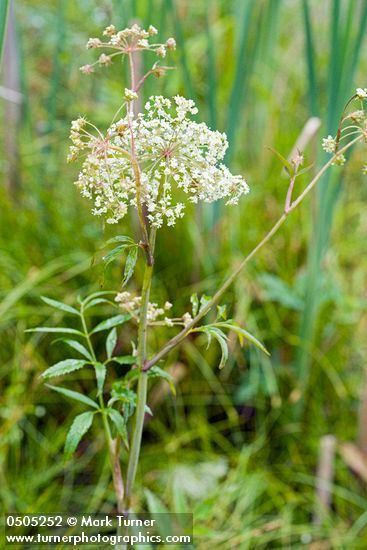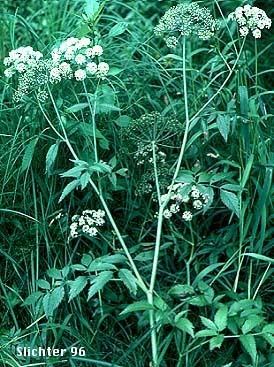Rank Species | Genus Cicuta Higher classification Cicuta | |
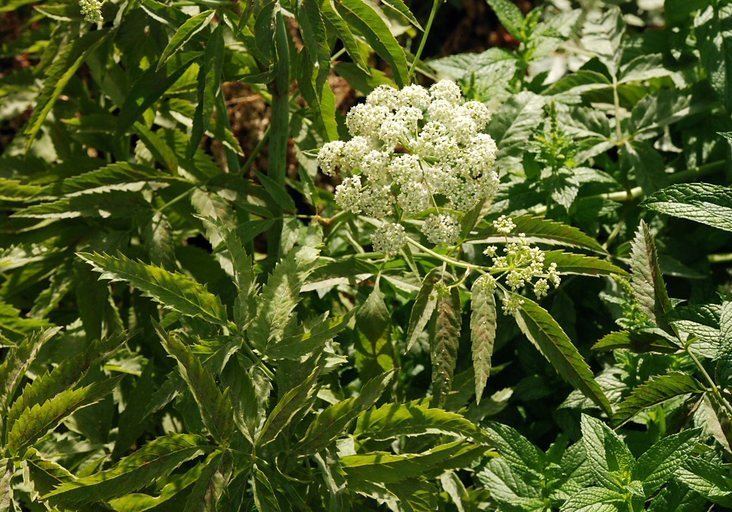 | ||
Similar Cicuta, Umbelifers, Cicuta maculata, Cicuta bulbifera, Ageratina altissima | ||
Cicuta douglasii (western water hemlock) is a poisonous plant in the family Apiaceae. It is a perennial plant that grows in wet places such as marshes, stream banks, slough margins, ditches, meadows, and wet pastures. The roots of this plant are thick and tuberous, with many smaller tubers coming from the main tuber. This root structure allows the water hemlock to adapt and survive wet conditions. Water hemlock is most abundant in British Columbia, and is indigenous to North America. In North America it primarily grows from the base of the Rocky Mountains to the Pacific coast, stretching all the way from Alaska down to California. Water necessities limit this plant from growing in open rangelands.
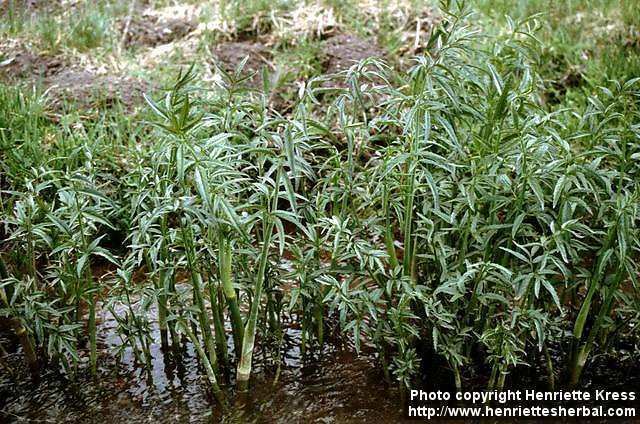
The characteristics of water hemlock include its stem which is 0.5–2 meters tall with purplish spots, thick roots, and leaves that are compound pinnate and alternate. The leaflets are usually 5–8 cm long and 1–2 cm wide with jagged edges. The flowers on it are compound umbellate inflorescences with many small, white flowers. There are two seeds for each flower. Seed dispersal for water hemlock seeds comes from means of wind, water, machinery, on clothing, and through transported soil. The seeds germinate in spring, and flowers mature near the end of June and beginning of July. In addition to sprouting new plants from seeds, rootstocks can also product new plants. These are formed in the fall from the basal meristem, and when they detach the following spring, they may form a new plant.
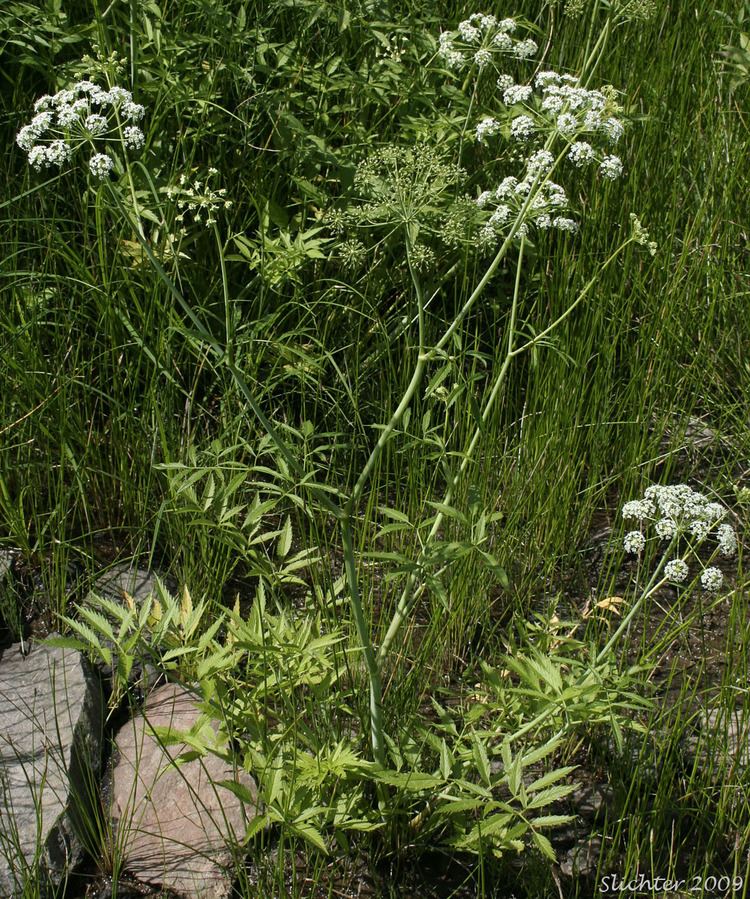
Toxicity

The main distinguishable characteristic of western water hemlock is its toxicity. Cicutoxin is the toxin that is produced by the water hemlock, making it the most poisonous plant in North America. Cicutoxin is a yellowish liquid that is prevalent in the roots. It is an unsaturated alcohol that has a major impact on the central nervous system of animals. Early symptoms of cicutoxin poisoning include excessive salivation, frothing at the mouth, nervousness, and incoordination. These symptoms can turn into tremors, muscular weakness, seizures and respiratory failure. Very small amounts of green materials of W. water hemlock, about .1% of a person’s body weight can even lead to death. In addition to being extremely dangerous to humans, this plant has an enormous impact on animals. It is one of the first plants to come out in springtime, and has a very appealing odor. As little as 0.2%-0.5% body weight for sheep, 0.1% body weight for cattle, 0.5% body weight for horses, and 0.3% body weight for swine can be lethal. Death can occur within fifteen minutes of ingesting this toxin. These characteristics, along with the fact that it grows in moist areas make it a very desirable, yet deadly, plant for grazing animals.
